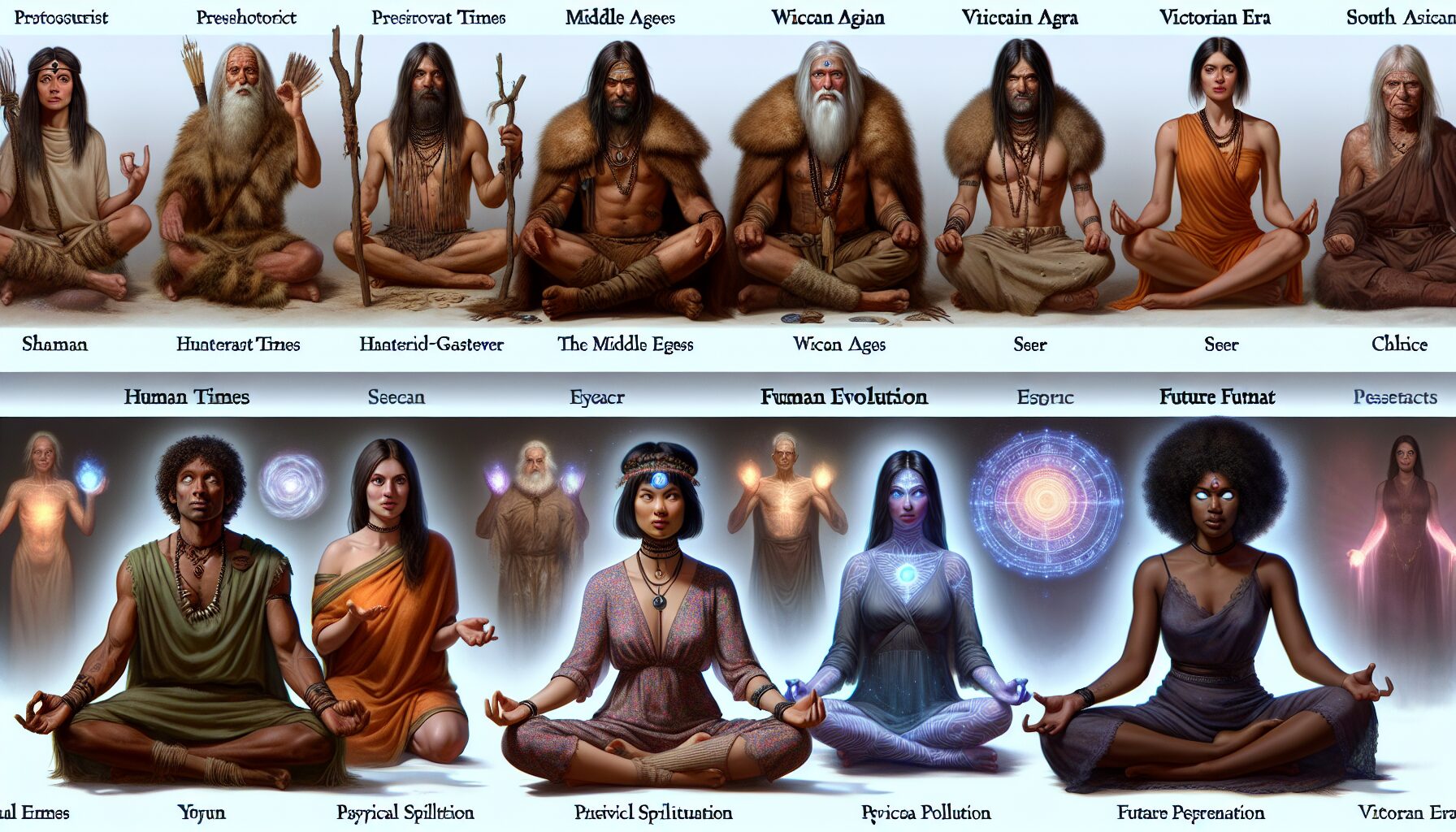Throughout history, human civilization has been captivated by the idea of archetypes—universal patterns and symbols residing in the collective psyche. These archetypes are recurring motifs found across cultures, encapsulating the essence of human experience in a truly profound way.
The Origins of Archetype Theory
The concept of archetypes was first popularized by Swiss psychiatrist Carl Gustav Jung. Jung proposed that these archetypes are not learned but innate elements of the human psyche, manifesting as common themes in dreams, myths, art, and behaviors worldwide.
“Archetypes… are residues of the most ancient and universal types of expressions of the human mind. They tell us stories of the struggles and triumphs of humanity.” — C.G. Jung
Jung identified several key archetypes, including the Self, the Shadow, the Anima/Animus, and the Persona. Each of these represents different facets of the human experience, navigating the inner world and reflected in our outer reality.
Key Archetypes Across Cultures
Despite cultural differences, similar archetypes emerge around the globe, embodying fundamental aspects of life and identity.
- The Hero: Seen in figures such as Hercules from Greek mythology and Knight Arthur from the Arthurian legends, the Hero embarks on a journey filled with trials and transformations.
- The Mother: The nurturing force represented by deities like Gaia or Demeter, symbolizing fertility, protection, and nourishment.
- The Trickster: A shape-shifting character with cunning and wit, found in Norse Loki and Native American Raven mythologies, often disrupting norms to challenge or enlighten.
The Psychological Significance of Archetypes
Archetypes carry significant psychological weight. They guide individuals through their personal growth and development.
“An understanding of the interplay between different archetypes leads to greater self-awareness and personal integration.” — Analytical Psychology Studies
The Hero’s Journey, for instance, illustrates the path of self-discovery and transformation, suggesting that each person’s life is a quest filled with opportunities for growth and learning.
Archetypes in Modern Culture
The influence of archetypes extends into modern literature, film, and art. From the epic quests of Frodo Baggins in The Lord of the Rings to the introspective journey of Neo in The Matrix, these narratives tap into archetypal patterns that resonate deeply with audiences.
Consider Star Wars, where archetypal characters like Luke Skywalker (the Hero), Yoda (the Wise Old Man), and Darth Vader (the Shadow) epitomize the timeless struggle between light and darkness, good and evil.
The Future Role of Archetypes
In an ever-evolving society, will archetypes continue to hold relevance? As psychologists and anthropologists delve deeper into the workings of the mind, the archetype framework may expand or adapt, yet their core essence will likely remain intact.
They offer a lens through which to view contemporary challenges and uncertainties, providing insight into human behavior and inspiring creativity and tradition across generations.
Psychic archetypes weave the tapestry of human history—from the distant past to an unknowable future—showcasing our shared journey through time. As we embrace these patterns, we perhaps draw closer to understanding the complexities of our collective psyche, enabling us to connect with one another on deeper, more meaningful levels.
Conclusion
Psychic archetypes signify a universal language of the human soul. As we continue to study and interpret these archetypes, we unlock timeless wisdom and find parallels between ancient lives and modern experiences. By embracing these enduring patterns, humanity may gain not only a greater sense of cultural identity but also profound personal insight.
For further reading, consider exploring Jung’s seminal works, such as Collected Works, to dive deeper into his theories and insights.

Comments